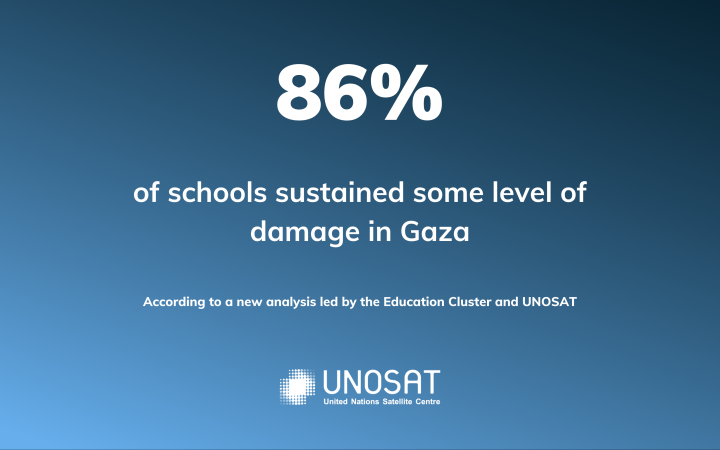Until 2017, Australia was regarded internationally as a leaving care laggard.
Philip Mendes
Professor, Department of Social Work, Faculty of Medicine, Nursing and Health Sciences
Most of the state and territory governments cut off financial support to young people transitioning from out-of-home care (usually known as care leavers) at no later than 18 years of age, and failed to provide them with the ongoing material and relationship assistance into early adulthood guaranteed to most of their non-care peers. Yet by the end of 2022, the Home Stretch campaign succeeded in persuading all Australian jurisdictions to extend OOHC until 21 years.
Consequently, Australia moved from a laggard to a recognised leader in global leaving care policy and practice.
Children leaving out-of-home care will soon get more support, but the old policy has left a stark legacy https://t.co/Fc5KIHVQO5
– Sarah Collard (@Sarah_Collard_) February 24, 2023
Notably, the recent inaugural OECD report into leaving care identified extended care as a best-practice model for enhancing outcomes for care leavers, and highlighted the Australian extended care initiatives as an exemplar of international research evidence being used to improve leaving care policy.
Nevertheless, further work is required to broadly address three major areas – eligibility, adequacy, and national inconsistency.
Challenge one: Young people leaving residential group home care
To date, not all jurisdictions offer extended care to youth transitioning from residential group home care who are widely recognised as the most vulnerable care leaver cohort.
Additionally, no jurisdictions currently permit youth living in residential care to remain in their existing homes beyond 18 years of age. Nor have any governments introduced Staying Close programs similar to those trialled in the UK whereby residential care leavers are enabled to live close to their former accommodation, and maintain links with their former carers and support networks.
Challenge two: Payment adequacy
There are currently major discrepancies and inconsistencies in extended care funding and coverage across jurisdictions.
For example, Victoria provides a housing allowance that funds those leaving residential care or wishing to cease foster or kinship care to live independently at $16,065 per young person per year, or about $617 per fortnight, compared to $11,700 or $450 a fortnight in WA, and only $6500 or $250 per fortnight for the same cohort in NSW.
There arguably remains an urgent need for the federal government, preferably acting via the existing National Framework for Protecting Australia’s Children, to benchmark a uniform (adequately funded) model of extended care to be introduced by all states and territories.

Challenge three: Housing stock
A third challenge is to ensure the availability of sufficient safe and affordable housing for those care leavers who transition to independent living.
All Australian jurisdictions should act to prioritise care leavers as a key target group for social housing and/or other suitable forms of supported housing, as per similar initiatives by local governments in the UK.
Challenge four: Costing of real needs
We urgently need an independent co-designed evaluation to be undertaken (preferably by the Productivity Commission and including a team of paid lived experience consultants) of the existing extended care models to ensure that the real needs of care leavers, including particularly housing, is fully recognised and costed. That evaluation needs to identify the actual unit cost of providing housing to all care leavers aged 18-21 nationally.
Challenge five: Intersectional inequalities
We know that all care leavers experience lifelong intersectional inequalities in areas such as health, housing, education and employment compared to their non-care peers.
But some sub-groups of care leavers experience additional disadvantage and may require longer and specialised forms of assistance. They include:
- young parents
- those with a disability or poor mental health
- those transitioning from youth justice custody between the ages of 18 and 21
- those living in remote communities
- those leaving residential care as already noted who may not have been enabled to develop independent living skills in their placements
- Aboriginal and Torres Strait Islander young people who may lack connection with their culture and identity.
There’s an increasing consensus within both Australian and international research literature that OOHC should be extended until at least 25 years in order to reduce the intersectional inequalities experienced by many care leavers.
In the interim, there’s an overwhelming argument that all extended care programs should be extended until at least 22 years so that care leavers, if necessary, can then access the adult rate of JobSeeker Allowance, which is $693 a fortnight compared to the $562 a fortnight Youth Allowance paid to those under 22 years of age.








